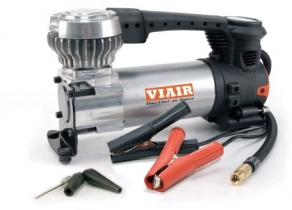-
Welcome to Tacoma World!
You are currently viewing as a guest! To get full-access, you need to register for a FREE account.
As a registered member, you’ll be able to:- Participate in all Tacoma discussion topics
- Communicate privately with other Tacoma owners from around the world
- Post your own photos in our Members Gallery
- Access all special features of the site
Recovery Straps - Proper Usage
Discussion in 'Off-Roading & Trails' started by Agent475, Dec 18, 2008.
Page 1 of 2
Page 1 of 2


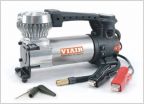 Air compressor
Air compressor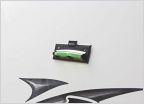 Options to level Tacoma for camping
Options to level Tacoma for camping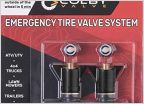 Off-road valve stem replacement
Off-road valve stem replacement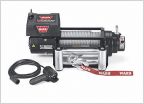 Which winch?
Which winch?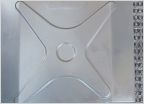 Rotopax Water Container
Rotopax Water Container COVID California camping
COVID California camping

